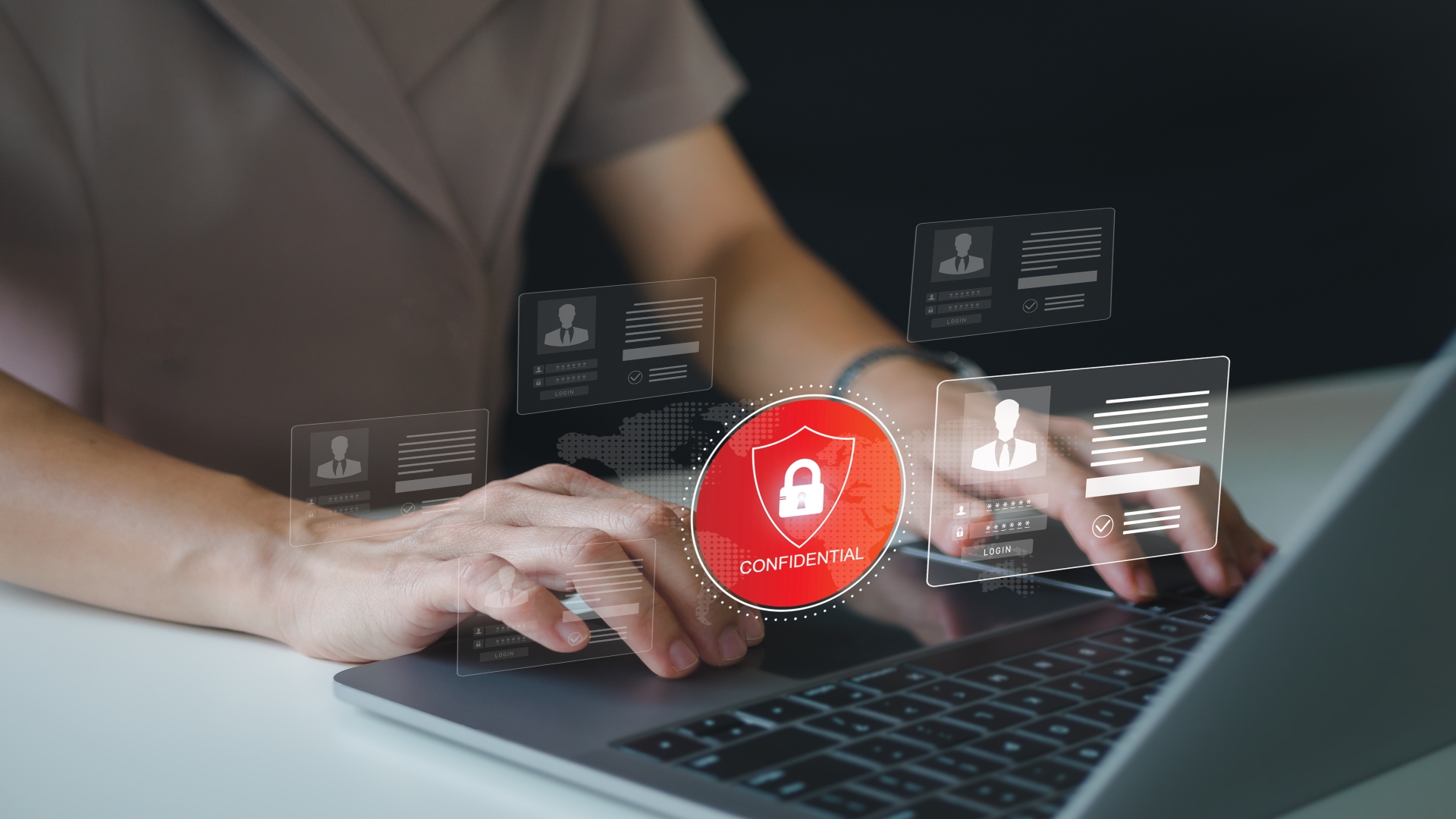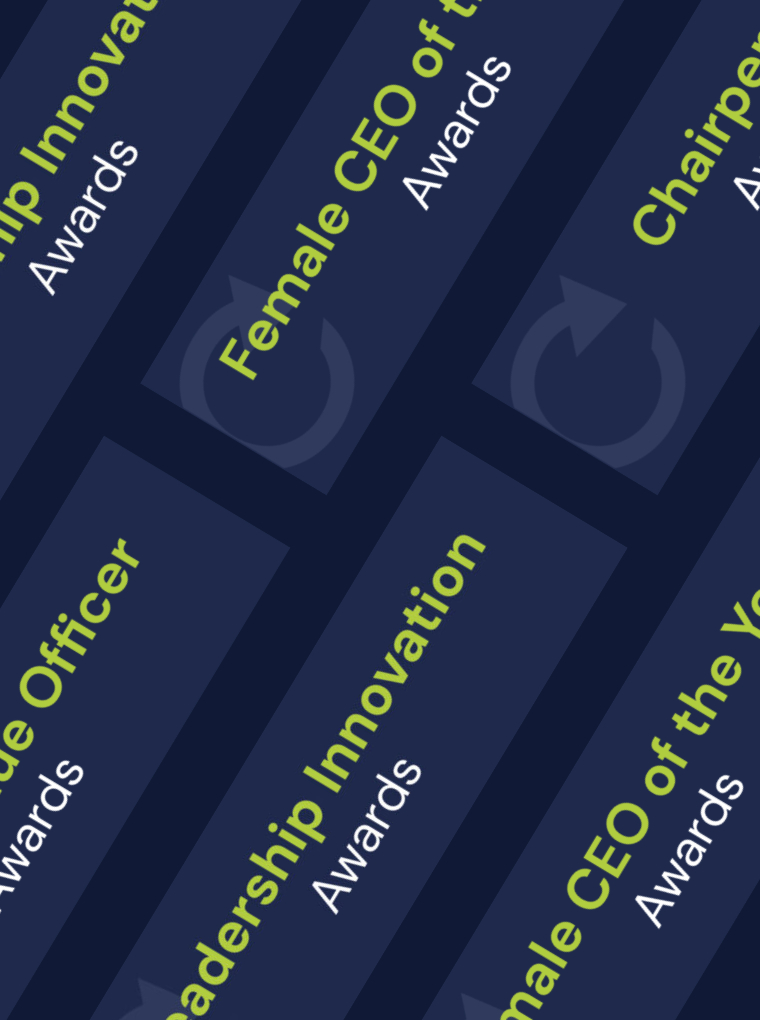Optimising User Access Management For Maximum Security
Organizations today are under constant pressure to safeguard their digital assets from an array of internal and external threats. A strong user access management system is essential in mitigating these risks, ensuring that the right individuals have access to the right resources at the right time. Without a clear, structured approach, misconfigured permissions and unmonitored user accounts can create dangerous vulnerabilities that expose sensitive data.
Optimizing access controls not only enhances security but also ensures smooth operational processes by reducing unnecessary roadblocks. With the right strategies, businesses can protect their critical information while maintaining operational efficiency.
Read on to discover how to implement stronger, smarter access practices that will fortify your business and minimize exposure.
Outsource for Expert Oversight
Keeping internal IT access systems running smoothly demands time, resources, and constant vigilance. Outsourcing these responsibilities can ease the burden while improving the effectiveness of your overall access strategy. iMedia Technology explains that outsourcing IT management helps businesses maintain tighter budget control and gain access to specialized expertise. This approach lets internal teams focus on core tasks while professionals manage technical layers of access management.
One clear advantage of outsourcing is the ability to work with experts who stay updated on new security threats and regulatory requirements. These providers understand how to design and enforce access control policies that align with compliance requirements. They can also tailor their methods to meet your organization’s access requirements, which helps minimize exposure to unauthorized access.
In addition, third-party providers bring hands-on experience in refining identity and access management strategies. This includes analyzing your existing user identities, identifying gaps, and reworking how user access rights are assigned or revoked. Their efforts directly support secure access to systems by ensuring that only approved individuals gain entry based on their job function and responsibility.
Choose the Right IT Partner
Choosing the right IT partner is a crucial step in strengthening your company’s access control and overall IT infrastructure. Hiring AdRem Systems or another IT services and consulting company brings the expertise and experience needed to implement strong IT solutions. These solutions address both immediate challenges and long-term goals.
The following are key factors to consider when selecting the right IT provider:
- Specialized expertise: Ensure the provider has a proven track record in your specific industry or the type of IT services you need. This expertise is vital for effective identity and access management, cybersecurity, and compliance.
- Proactive security management: The right IT partner will provide ongoing monitoring and proactive threat management. Look for a provider that stays ahead of emerging security risks and integrates multi-factor authentication and other advanced techniques to safeguard your systems.
- Compliance and regulatory expertise: A strong IT partner will ensure your systems comply with relevant regulations, protecting sensitive data and helping avoid costly penalties. This is particularly important for industries with stringent data protection and access control regulations.
By carefully evaluating these factors, you can ensure that your IT partner will be a reliable asset in securing your business’s IT infrastructure and supporting its growth and compliance needs.

Strengthen Authentication Methods
Strong authentication methods are a vital component of access management. Relying solely on passwords exposes your systems to various risks, as attackers frequently exploit weak or reused credentials.
The following are strategies to strengthen authentication and enhance system security:
- Multi-factor authentication (MFA): MFA requires users to provide multiple forms of verification, such as a password and a one-time code sent to their phone. This added layer makes it more difficult for unauthorized users to gain access, even if they know the password. It’s an essential step in securing sensitive data across your organization.
- One-time passwords (OTPs): For external logins or third-party applications, using OTPs ensures that each login attempt is unique and temporary. OTPs reduce the risk of attackers reusing stolen credentials, adding a dynamic layer of security that changes with every access attempt.
- Biometric authentication: Biometric methods, such as facial recognition or fingerprint scans, offer an advanced, user-specific form of authentication. This is especially beneficial for high-security environments where a higher level of confidence in user identity is necessary. With biometric data, access is limited to authorized individuals, reducing the risk of security breaches caused by impersonation.
Implementing these authentication methods ensures that systems are accessed only by legitimate users and that sensitive data is protected from unauthorized exposure. These approaches should be part of a broader set of cyber security measures designed to safeguard your infrastructure against evolving threats.
Define User Roles with Precision
Establishing clearly defined user roles is essential to maintaining secure system access. When user roles are clearly outlined, it becomes easier to assign the appropriate level of access based on each individual’s job requirements.
The following are important steps to ensure your user roles are properly defined:
1. Use role-based access control
Group permissions based on job function to ensure users only have access to the systems and data necessary for their roles. This method prevents over-permissioning and aligns with compliance requirements.
2. Limit excessive access rights
Avoid granting more access than is necessary, even for trusted employees. By limiting access to only essential resources, you reduce the likelihood of security breaches due to human errors or privileged access misuse.
3. Separate administrative and user roles
Keep administrative and standard user identities separate to minimize risks. If an employee’s account is compromised, this distinction helps ensure that critical systems remain protected from unauthorized changes.
Clearly defined roles not only help ensure that sensitive resources are properly protected, but they also simplify compliance with access control policies.
Final Thoughts
Securing user access is a critical aspect of an organization’s overall security framework, requiring ongoing attention and strategic planning. As threats continue to evolve, businesses must stay ahead by refining their access management practices and embracing new technologies. Investing in these measures is an essential step toward creating a resilient infrastructure, ensuring your organization can adapt to future challenges with confidence.







